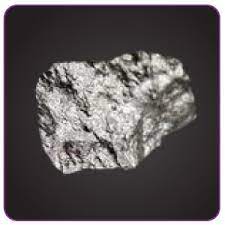History.
The discovery of bohrium is a story of international collaboration and
scientific progress. In 1976, a team of scientists at the Joint
Institute for Nuclear Research in Dubna, Russia, reported the first
evidence of the element. They bombarded bismuth with chromium ions and
observed short-lived radioactivity, suggesting the creation of a new
element.
However, further confirmation was needed. In 1981, a team at the
Gesellschaft für Schwerionenforschung (GSI) in Darmstadt, Germany,
successfully synthesized bohrium using a different nuclear
reaction. This experiment provided stronger evidence for the
element's existence.
Usage.
Bohrium is a synthetic element, meaning it doesn't exist naturally on
Earth and is created in laboratories. Due to its rarity and
radioactive nature, bohrium does not have any commercial or industrial
applications.
Scientists are currently focused on understanding the fundamental
properties of bohrium and its potential role in theoretical physics
studies. This research helps advance our understanding of the behavior
of matter at the atomic level and contribute to the development of new
theories in nuclear physics.
Some of the benefits of using bohrium are:
Bohrium is a synthetic element, meaning it doesn't exist naturally on
Earth. It is produced in laboratories by bombarding lighter elements
with heavy ions. Bohrium is highly radioactive and all its isotopes
have very short half-lives, ranging from milliseconds to a few hours.
Due to its extreme rarity and instability, bohrium has no practical
applications or benefits. It is solely studied for scientific research
purposes, helping us understand the behavior of nuclei and the limits
of the periodic table

